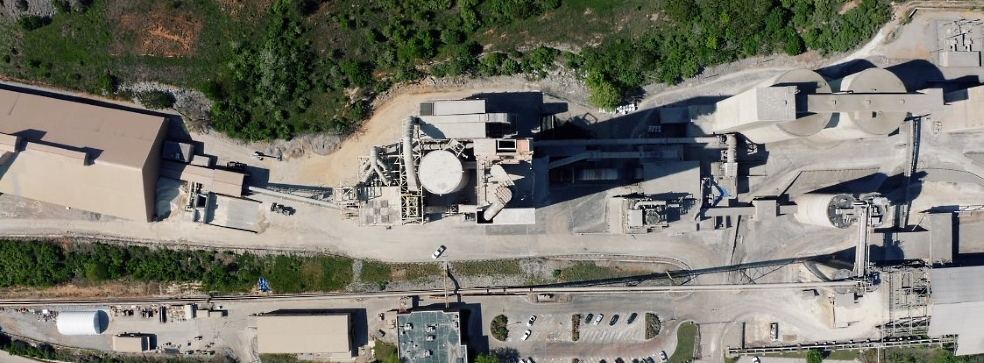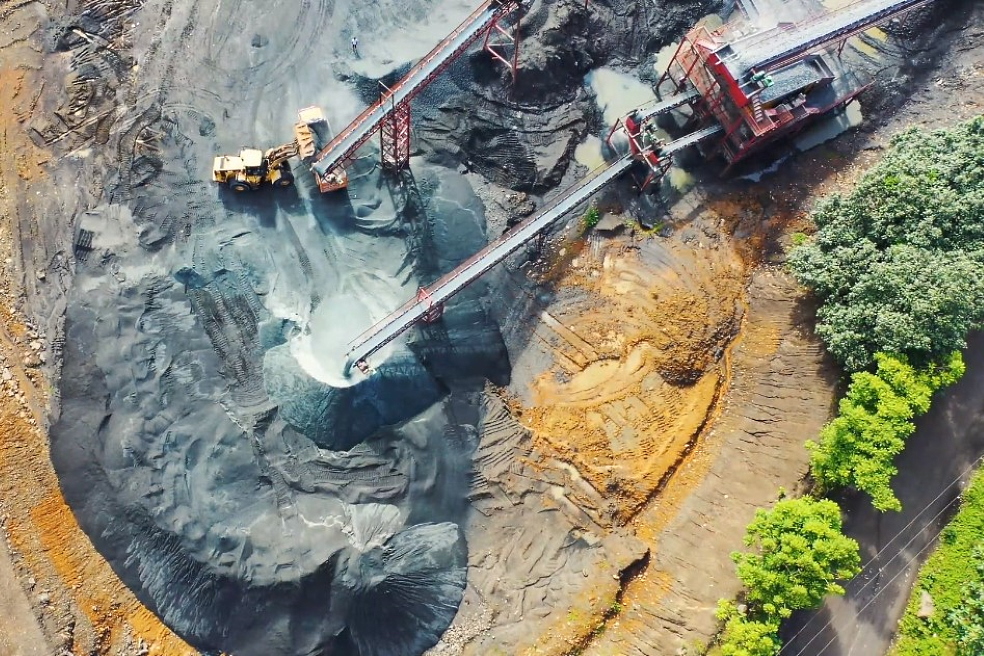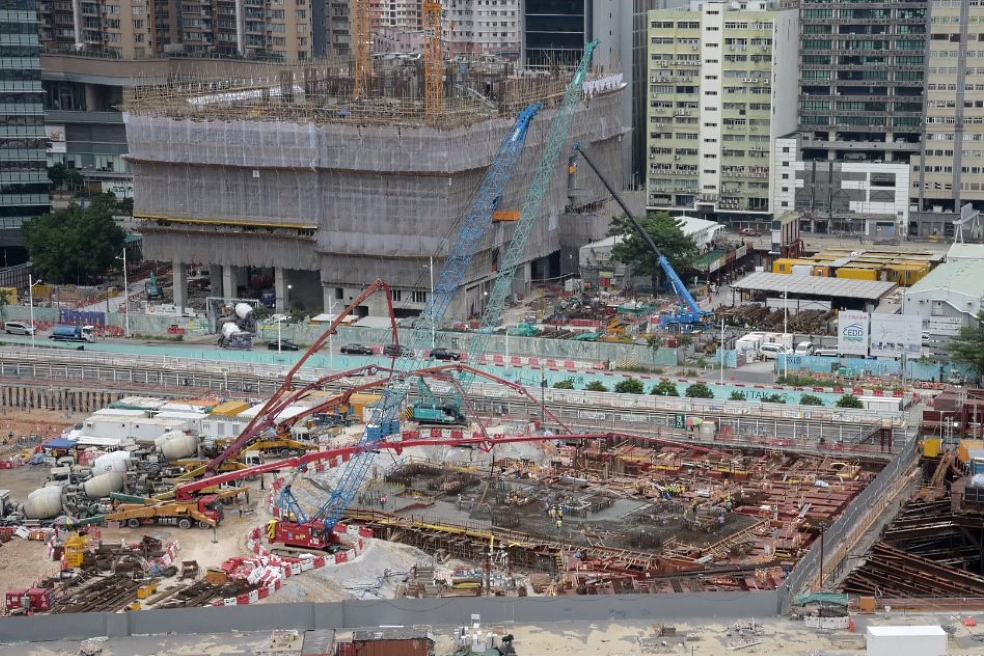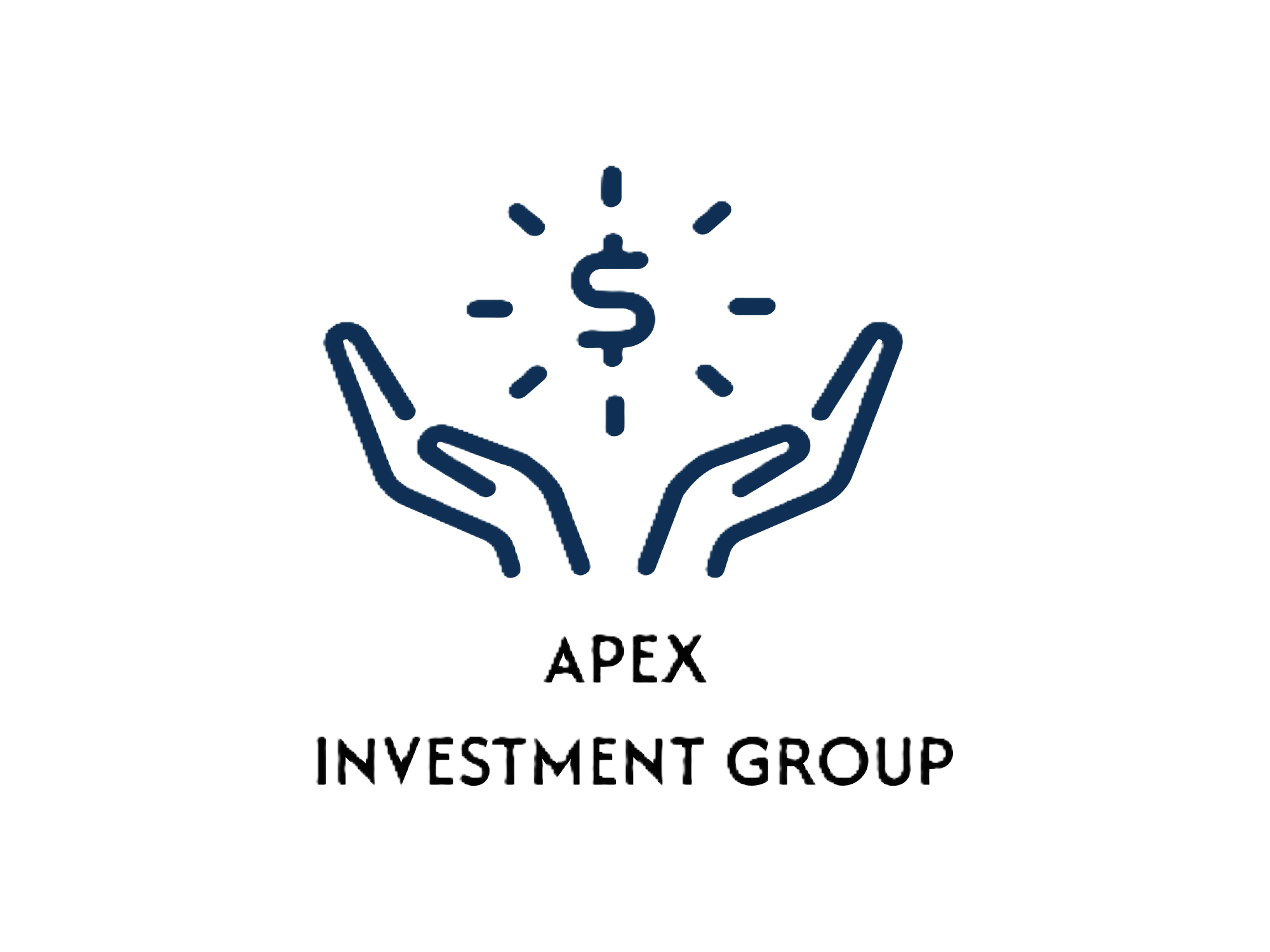Cement plant design
Thermal Power Plants
Hydroelectric Power Stations
Solar Power Plants
Wind Farms
Electrical Substations
Water Treatment Plants
Sea Ports and Terminals
Liquefied Natural Gas Plants
LNG Regasification Terminals
Mining and Processing Plants
Mineral Fertilizer Plants

✓ Project finance and investment consulting from APEX Investment Group:
• From €50 million and more.
• Investments up to 90% of the project cost.
• Loan term from 10 to 20 years.
To consider financing your project, please e-mail us the completed application form and project presentation.
Read more…
The competent engineering design of a cement plant is the key to the success of an investment project. In this case, everything matters, from the correct choice of a construction site to the development of a technological scheme and equipment.
The modern cement industry uses dozens of types of equipment for clinker production, drying, crushing, grinding, mixing, packaging, and other manufacturing processes.
A high-quality design is critical for smooth, cost-effective production.
The correct layout of a cement plant must provide an optimal balance between all production processes.
This guarantees the efficiency, flexibility, competitiveness, and sustainability of the enterprise.
The international company APEX offers financing for the construction of large cement plants around the world. Together with our partners, we can develop a customized project for you or offer standard solutions that have proven themselves in the global cement industry.
We provide a full range of financial services for businesses, including long-term financing for the construction of cement plants with a minimum contribution of the project initiator (10%).
Technology and equipment for the production of cement
The main product of cement plants today is Portland cement and its varieties, such as OPC or PPC.
This product finds wide application in the manufacture of concrete structures and is a versatile building material for civil, military, and special applications.
It is a complex chemical mixture, consisting mainly of substances of mineral origin, finely ground and mixed in strict proportions. The basis for the production of Portland cement is clinker, a mineral mixture of tricalcium silicate, dicalcium silicate, aluminate, and aluminoferrite phases.
Cement production is considered to be technically challenging and is carried out in several stages, including clinker production, crushing, fine grinding, mixing, and packaging of finished products for shipment to consumers.
Machinery and equipment in the cement industry include conveyors, silos for storing clinker and cement, kilns, vertical roller mills, ball mills, and weighing and packaging equipment of various types.
The engineering design of a cement plant requires an individual approach to each project using the equipment that will be beneficial in a particular situation and meet the customer’s requirements.
Preparation of raw materials
The main raw materials for the production of cement in most cases are limestone and clay, which are widely available for open-pit mining in most countries of the world.
Limestone is mined by drilling and blasting, loaded onto dump trucks, and delivered to the enterprise, where it is processed in a multistage manner.
The desire to minimize transportation costs is because a significant part of the limestone delivered to cement plants is lost during preprocessing, turning into carbon dioxide. This part of the material actually evaporates.
The stage of preparing raw materials for cement production involves crushing the material, which is then dried for use in dry cement production or further grinding for a wet process.
Even with the use of modern technologies, the production of 1 kilogram of cement requires processing about 1.5 kilograms of mineral raw materials. This is associated with significant costs for the company and requires optimization of technological processes from the beginning to the end of the cycle.
A separate challenge for cement plant engineering companies is fuel preparation. It can be solid, liquid, and gaseous fossil fuels, as well as special fuels from industrial sources.
The use of coal is associated with numerous technical tasks for its drying and grinding, since otherwise, it is impossible to achieve complete and rapid combustion of coal in a cement kiln. The stage of solid fuel preparation is carried out using grinding equipment (mills), conveyors, etc.
The use of fossil fuels requires the development of special fire protection systems. Dust fuels used in cement kilns can be stored in silos equipped with metering and feeding systems.
Grinding cement
Modern plants produce Portland cement by mixing cement clinker with industrial gypsum (calcium sulfate) and grinding it in special mills.
Various components are added to this mixture to impart the desired properties to the finished product.
Vertical Roller Mills (VRM) is considered to be one of the most common types of cement grinding equipment. This type of mill provides a good grain size distribution (GSD) of the finished product when properly adjusted.
Grinding equipment can be designed separately from clinker production lines.
To achieve optimal efficiency of the technological process, engineers practice an individual approach to this stage.
It is interesting to know that equipment for crushing and grinding clinker, cement, and solid fuels uses about 2/3 of all energy in cement production. Any technical improvement or optimization at this stage is very important.
Product packaging and storage
The finished product is placed using conveyor belts in special silos for bulk storage.
Part of the cement is transported in hopper wagons by rail, while the other part is packed in standard bags, usually on-site.
The packaging department is an important link in the production process, which provides a certain added value to the finished product. The production of multi-layer paper bags can also be started directly in the factory.
Cement plant design: basic principles
APEX and partners have extensive experience in financing and engineering design of cement plants of various types and capacities.
Thanks to the use of advanced technologies and close cooperation with leading European institutions and equipment manufacturers, we can offer highly efficient solutions for any project.
The project is a reflection of the customer’s requirements
What to consider when designing a cement plant?
First, the engineering design should be based on the planned product list and customer requirements.
Second, engineers must select the most appropriate flow sheets and equipment for each stage of the process to ensure high product quality, productivity, safety, and energy efficiency.
Finally, any industrial facility should be designed to be as flexible as possible with the prospect of future modernization.
Any cement plant project begins with a set of requirements put forward by the customer in accordance with industry standards and market requirements for a particular type of product.
Below are some aspects to be considered:
• Preference is given to advanced technologies, which, however, have previously been successfully used on similar plants in the host country or abroad.
• Important factors when choosing equipment are low cost, compact size, lightweight, high performance, moderate power consumption, as well as high reliability and durability.
• The engineering team is committed to the unification of production equipment to make the organization and control of the technological process simple and reliable.
• The cement plant design should ensure the optimal interaction of individual elements of the enterprise, contributing to efficient production, transportation, inventory management, etc.
The technical documentation developed by our specialists is always aimed at meeting these requirements and even exceeding them, providing more opportunities for modernization, expansion, or re-profiling of the facility.
This applies to all aspects of the project, including the layout of the future cement plant, infrastructure planning, selection of production equipment, etc.
Choosing a site for the construction of a cement plant
The construction of a new cement plant is a capital-intensive investment project. Its success begins at the stage of planning and choosing the right site.
This is an important decision that covers many aspects of land use, leasing, taxation, environmental compliance, and more.
Ideally, the project initiator and investors, together with representatives of the engineering company, will have to choose the best site for construction, taking into account social, economic, transport, environmental, legal, and other aspects.
Portland cement, the most popular type of cement product, is made on the basis of clinker with the addition of a small amount of calcium sulfate and a certain percentage of other components (bauxite, clays, granulated slag). Therefore, the plant must be provided with these components.
Table: Important considerations for site selection.
| Factors | Short description |
| Natural conditions | Engineers consider disaster risk, soil stability, water table depth, wind rise, and other factors. |
| Developed infrastructure | The presence of an extensive network of roads, and railways and the proximity to ports provides the plant with access to potential consumers of cement products. |
| Proximity to sources of raw materials | The cost of transportation affects the cost of cement, as well as the efficiency of its marketing. The optimal location for the plant is chosen near the quarries, but also not far from densely populated cities where active construction is underway. |
| Access to labor | The operation of a cement plant requires the involvement of highly qualified specialists and cheap labor, which again speaks in favor of the choice of densely populated cities. |
There are also other factors such as tax breaks in special zones, the availability of cheap electricity and fuel, and proximity to commercial establishments.
From the customer’s point of view, the construction of cement plants is best planned in places with developed infrastructure, and access to limestone and cement product markets.
From a community point of view, such a project will always have a tremendous impact on people’s lifestyles, the environment, health, income, and the financial situation of neighboring businesses. Sometimes this becomes an obstacle to the implementation of an investment project in the originally selected area and requires consultation with the community.
The selection of sites for large projects in the cement industry has become increasingly difficult in recent decades due to the adoption of stringent environmental requirements and the rapidly growing public awareness of environmental protection. All this requires the involvement of professional lawyers, environmentalists, and public relations specialists to ensure the implementation of such projects.
Selection of production workflow and equipment
Based on the customer’s requirement, understanding of the current standards, and the essence of production processes, an experienced engineering team can offer a specific range of solutions for each stage of cement production.
Each cement plant is initially focused on a specific type of product.
Thus, the excess capacity of the equipment will lead to an increase in the cost of production. The correct selection of production processes and the use of the appropriate equipment will help to achieve optimal quality and performance of the enterprise as a whole.
In this context, the energy consumption of equipment is of great importance, because the cost of electricity and fuel can significantly affect the cost of finished products and the competitiveness of a company. The power of the motors, the operating parameters of the rotary kiln, and other parameters of the production process must be adjusted in such a way as to ensure high quality of the produced cement, productivity, safety, and low energy consumption.
It should be understood that the final choice of process and equipment is the point of no return.
Once the main equipment has been purchased and installed, it will be extremely difficult to change the technology chosen. For example, the transition of a plant from a wet method of cement production to a dry method will require a radical change in the entire equipment chain with a multi-million dollar investment. Likewise, changes to the heat removal system may require the relocation of large units, which is comparable to dismantling a plant.
For this reason, the selection of the cement production workflow must be final. Engineers are in constant consultation with the customer’s representatives, helping to make the best choice at every stage of the process.
We apply advanced design technologies and many years of international experience, combining proven industrial solutions with innovation.
The result of our project should provide an optimal balance between economy, productivity, quality, and investment costs. Economic benefits, energy efficiency, environmental safety, and many other requirements must be embodied in a single project using the right technologies in a perfect combination.
It is important for engineers to consider seemingly minor factors such as the expected time and frequency of equipment maintenance. For example, some equipment (rotary kiln) must operate for long cycles, while others (crushers, mills) require frequent shutdowns and maintenance.
Any production process requires a constant flow of raw materials, which must be stocked in the required quantity and continuously transported to points of consumption. Therefore, driveways, handling equipment, clinker silos, and storage areas must be designed with the plant in mind.
At the same time, the engineering design of the cement plant should be guided by the principles of economy, avoiding overcapacity and high costs.
Potential for future cement plant modernization
Despite the use of advanced technical solutions, any industrial facility tends to become obsolete, especially in dynamic industries such as the cement industry.
For this reason, a high-quality project should leave room for the modernization of the entire production workflow and specific equipment.
The path from the start of a project to the actual launch of a cement plant usually takes several years, and during this time more advanced technologies appear in the industry. Hence, modernization is vital to the business.
The ability to install new equipment without drastic changes to the plant layout and large investment costs can one day be an important advantage.
We are talking about the reserve capacity of the equipment, the availability of additional space in production halls and storage areas, and the availability of electricity and fuel. At the same time, it is important to provide in advance so that the modernization does not have a serious impact on the existing production processes and does not require long downtime.
Against the backdrop of growing global demand for cement, the issue of modernization and expansion of production continues to remain relevant for many enterprises, and this potential should be built on the stage of engineering design of new facilities.
The high degree of production automation
A modern cement plant is an automated production line where key technological processes and parameters are controlled by a computer.
Today, many of the functions previously performed by operators are entrusted to sophisticated electronic equipment.
The degree of automation of cement production is constantly increasing, contributing to increased labor productivity, improved product quality, optimized environmental performance, and further reduced operating costs.
Cement plant engineering today is based on the latest advances in remote monitoring, computer software, big data, and even artificial intelligence. Reducing human intervention in technological processes has become a trend that determines the competitiveness of the industry.
Local automation of individual processes of drying, clinker burning, and crushing is gradually being replaced by the latest operating systems that take control of all production workflows and become responsible for the final result.
Computer technology improves the environmental performance of cement plants by helping to control emissions and keeping the most hazardous stages of production within acceptable limits. All this helps to improve the image of enterprises and protects against the imposition of penalties.
APEX with its European partners is ready to help cement industry companies with the introduction of automated systems and mechanization of production equipment.
Ease of operation and maintenance of equipment
The layout of the cement plant should be simple and rational, with minimal distances between the main equipment and systems in order to facilitate the transportation of raw materials and products, the transfer of heat energy, and the movement of employees.
It is also important to ensure operational flexibility, ease of operation, and ease of maintenance.
The rational layout of the cement plant, along with the use of advanced technical solutions, provides convenience and flexibility of operation.
Today, equipment engineering is carried out using technologies such as remote monitoring. This contributes to increased reliability, optimization of operating parameters and widespread adoption of preventive maintenance.
Remote monitoring of equipment, including sensors for temperature, voltage, rotational speed of mechanical parts, and others, contributes to the rapid identification of potential problems and timely preventive intervention.
These and other principles should be implemented at the engineering design stage to ensure the high stability of the future enterprise and the return on investment.
Cement plant layout: engineering solutions
Performance, energy consumption, and finished product quality are critical success factors for the cement industry in a global competitive environment.
Many companies are trying to improve these indicators, mainly by upgrading production equipment and machinery, optimizing key process parameters, and improving layout.
Choosing the optimal plant layout early in the engineering design of a cement plant is critical to ensuring the efficiency, safety, and sustainability of the facility in the future.
The project must take into account a whole range of factors, ranging from the technology chosen, and the raw materials and equipment used, to the expected productivity and operating time (usually about 20 hours per day, depending on demand).
The construction of cement plants is very capital intensive, so the layout of the facility must be well thought out and proven.
Significant amendments to the design, dismantling, and changes in the layout of the operating facility can cause irreparable financial damage to the entire investment project.
Factors affecting layout
An ideal plant layout should provide an optimal balance between efficiency, safety, available floor space, and investment cost.
Correct location of equipment minimizes costly operations and promotes sustainable use of land, energy, and labor. When deciding on the future layout of a manufacturing facility, the engineering team should consider a number of factors, which are listed in the table below.
Table: Factors influencing the layout of the cement plant.
| Factors | Short description |
| Buildings and equipment | The size and geometry of buildings and large equipment (such as rotary kilns) determine the layout principles and the use of space. |
| Product Type | Each product in the cement industry has a specific process and set of equipment, so the customer’s investment plans must be considered in advance. |
| Production workflow | The choice of a specific production workflow determines the appropriateness of using certain layouts, initially setting several fundamental constraints. |
| Operation and maintenance | Plant layout is important in the context of equipment operation, maintenance, and repair. In some cases, improper arrangement of equipment leads to situations where the replacement of one unit requires a complete shutdown of production and dismantling of neighboring units. |
| Environmental safety | The location of environmentally harmful equipment should be thought out in such a way that hazardous vapors, dust, and liquid waste have a minimum impact on the environment and the health of personnel. |
| Well-being of staff | Human needs must be considered at every stage of the cement plant’s engineering design, including the placement of utility rooms. |
Despite the high professionalism of engineers and advanced approaches, it is impossible to determine the only correct, “ideal” layout.
Constant changes in equipment, requirements, and standards require periodic revision of the concept, and improvement of the existing approach by introducing new technologies.
However, any changes to the layout of the production facility are made only in cases where the benefits from their implementation outweigh the investment costs and potential losses as a result of slowing down construction and/or stopping the existing production process.
Typical mistakes when choosing a layout
Cement grinding equipment (e.g. vertical roller mills), rotary kilns, conveyor belts, packing plants, driveways, electrical and mechanical workshops, offices, and truck stops should be located in the order most appropriate for the project.
Nevertheless, a comparative analysis of finished projects of cement plants in different countries of the world shows that the layout of these facilities does not always meet business requirements. This may be due to the contractor’s lack of experience, tight budget constraints, sudden changes in the customer’s plans, etc.
The most common mistakes in the engineering design of cement plants:
• Insufficient or excessive quantity/volume of silos for clinker or cement, which does not correspond to the actual production volumes and needs.
• Location of loading and unloading equipment and conveyors at a considerable distance from production units, which increases the time and cost of moving materials and products.
• Lack of a packing plant, which makes the cement plant more dependent on external supplies and increases the cost of the product.
• Long distance between production equipment and clinker storage area.
• Insufficient or excessive area of storage area for finished products.
• Poorly developed transport infrastructure, which creates certain problems in the supply of raw materials and the shipment of finished products. For example, cement plants with outdated layouts may have too long and/or narrow access roads.
• Improper placement of office buildings and utility rooms, which leads to decreased productivity and slows down the response time to emergencies.
Looking for a fresh perspective on a problem?
Our experts are ready to offer a number of ready-made solutions, as well as develop a customized layout adapted to customer requirements.
The international company APEX offers financing for the construction of cement plants.
Contact us to learn more about our services.
After receiving the necessary documents (application form and project presentation), our team will try to review your request as soon as possible, and leading experts will offer the best options for project funding.
